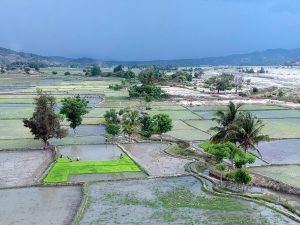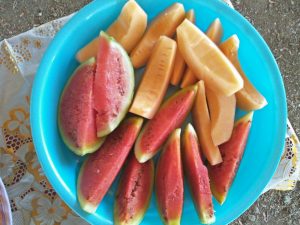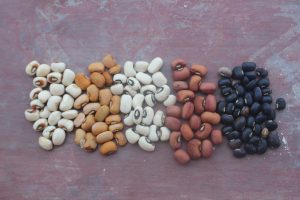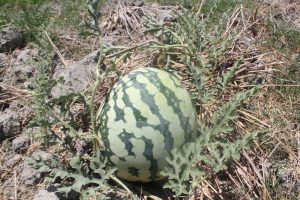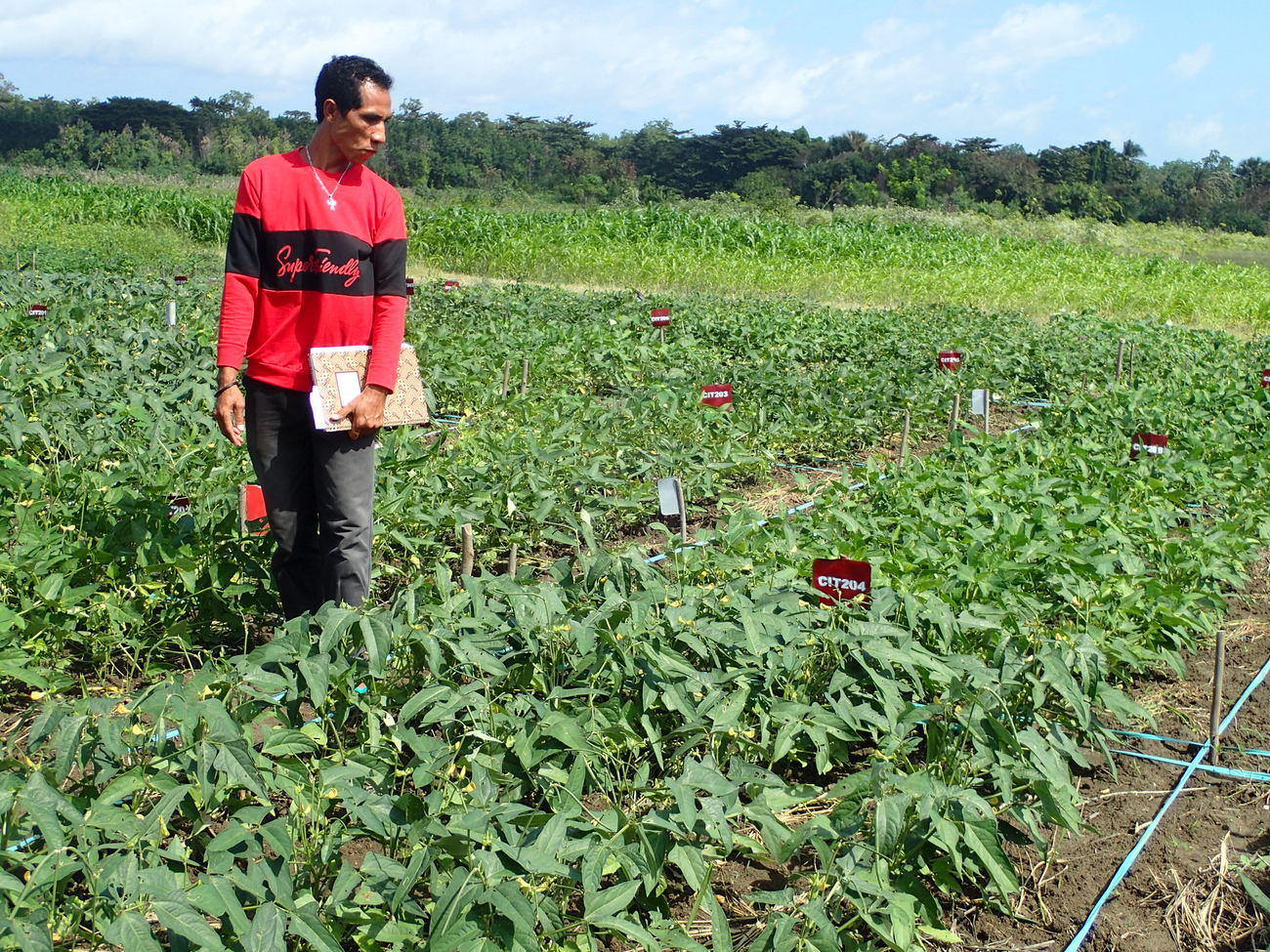Researchers from AI-Com have presented posters on research into agriculture innovations in Timor-Leste at the 2019 TropAg conference in Brisbane, Australia.
Presented by lead researchers Acacio Guterres, Claudino Nabais and Robert Williams, the two presented projects considered the utility of broadcasting mung beans into rice crops as a low-resource sowing method, and the economic and environmental benefits of applying rice hull biochar to Timor-Leste’s crops.
AI-Com technical director, Robert Williams, said the conference was a unique opportunity for researchers from Timor-Leste’s Ministry of Agriculture and Fisheries to have feedback on their research from international stage.
“International interaction is really crucial to keeping research on track,” he said. “It also gives opportunities for discussion the future research that be transformational to farmers in Timor-Leste.”
Mung beans
The mung bean research examined the financial impact of changing mung bean sowing methods – defining the impact of broadcasting mung bean seed on gross margins and return on labour.
Mung bean seed is traditionally planted out in lines individually, but broadcasting, or scattering seeds, reduces labour time at planting from 40 days to one day. While more labour is required to weed broadcasted seed, the research found that broadcasting still returns an estimated US $7/day – higher than the common return of US $5/day for many farming systems in Timor-Leste.
This research indicates broadcasting mung beans is a useful practice for improving crop returns.
Biochar
The biochar research aimed to determine the national benefit of rice hull biochar – an organic fertilised made by half-burning rice hulls – on horticulture production and carbon sequestration.
The researchers used data gathered from University of Timor Lorosa’e experiments into biochar application on irrigated horticulture crops and found that the fertiliser is an economic soil amendment for dry season horticulture production. Using half of the country’s rice hulls as fertiliser could produce approximately $1 million in extra farm gate value and reduce the country’s carbon dioxide emissions by two per cent.
About TropAg
TropAg is a biannual agriculture and food science conference focused on crops, horticulture, livestock, nutrition and technology in tropical agriculture. Attracting 750 delegates, the conference acknowledges the outsized pressure the world’s tropical zone faces with increasing global populations.
Home to half the world’s population, including more than half of its young people, the tropical zone – which sits between the Tropic of Cancer and the Tropic of Capricorn – will be a key focus for agriculture and food production in the future.
